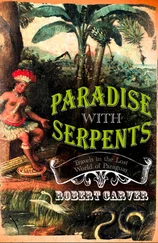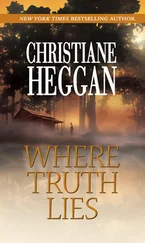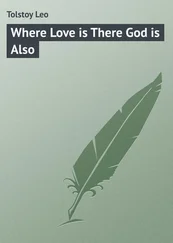I also gave Louis the porn shops, to try to isolate a slender, well-dressed, bespectacled white male, late twenties to late thirties, with an interest in little girls. Most pedophiles won’t try that angle, because most porn shops make so much money selling adult smut they don’t risk the kiddy stuff. But it wouldn’t hurt to ask around. Some of the smut sellers owed us.
I took the reptile houses myself, to see if anyone like our suspect had inquired about, or perhaps bought, either Moloch or Crotalus horridus, whatever in hell they were.
I assigned each of us three more employees of the office complex up in Buena Park — home of Knott’s Berry Farm — where the dead girl was found in the file cabinet. None of us believed we’d find the mother that way, but it made sense to clear the workers before we got into the neighborhood. We didn’t have a picture of the little girl — she was about eight weeks old — so canvassing was going to be tough.
“Johnny, Louis,” I said, “you guys were great on TV last night. You’re the talk of the department — again.”
“We looked like the Keystone Cops, milling around back there,” grumbled Louis. “Man, I came that close to picking my nose.”
“Any publicity is good publicity,” I said.
“Then why don’t you take some of it, boss?” Johnny asked, with a minor smile.
“ ’Cause I don’t want any of it. Kick butt today,” I said. “Tomorrow morning at seven we search the other Sharpe residence. I want you all there.”
An hour later I walked into Prehistoric Pets in Fountain Valley. It’s a big, well-lit room lined with glass cages. It smells like running water and sawdust and just a hint of something feral and something... digested? Excreted? I wasn’t sure. On your right, when you walk in, is a big pond with a waterfall and catfish and turtles the kids can feed. A toddler and his mom stood over the water, dropping food pellets.
I went to the big island counter in the middle of the store and asked to talk to the owner. I showed my badge. A moment later a sleepy-looking guy in shorts and a T-shirt that said Cold Blooded came from behind a wall of glass terrariums and eyed me without joy. He introduced himself as Steve and led me back the way he had come. Walking past the cages I could see the lizards and snakes prowling their little worlds. The bigger they are the slower they are. A terrarium filled with baby green iguanas had the most action. You could take one home for $10.99. A corner cage held a reticulated python that looked to be eight feet long — $599. It was as big around as my leg. I asked Steve what the python ate.
“Rabbits.”
“Can I look around a second?”
There were blood pythons, Burmese pythons, ball pythons, carpet pythons, tree pythons and more reticulated pythons. There were Colombian red-tailed boas, Dumeril’s boas, rainbow boas, emerald tree boas and dwarf boas. There were anacondas, cat-eyed snakes, pine snakes, indigo snakes. There were iguanas of all sizes, monitor lizards, water dragons, bearded dragons, uromastyx, geckos, skinks and whip-tails. Below the glass of the island counter were little white containers like you’d buy deli food in, but with newborn snakes inside them — just inches long and brightly colored. You could get a newborn California king snake for $69.99 or a gaily banded red, white and black Arizona mountain king snake for $139.99.
“What do the little ones eat?”
“Little mice.”
The office was small and cluttered with tanks and cages. There was a big gray industrial desk that Steve sat behind, and a folding chair for guests. I asked him what he could tell me about Moloch horridus or Crotalus horridus.
He looked at me with his sleepy eyes and nodded. He looked to be fortyish. He was lightly built, with thinning black hair, sun-worked skin and a drooping mustache. His voice was slow and pleasant and very clear. He wore glasses.
“Well, the common name for Moloch horridus is thorny devil, for reasons pretty obvious when you see one. It’s an Old World agamid. The New World counterpart would be the iguanids — they’re similar to horned lizards, what some people call horny toads. Small, about eight inches, maybe, brown and orange. Curious little lizards. Live in Australia, in the desert. They eat ants.”
I nodded. “Do you sell them here?”
“We buy only captive-breds from licensed dealers.”
“I don’t really care where you get them.”
“Australian reptiles are all protected. When we do get them — the captive-breds, that is — they go for about a hundred. It’s fairly easy to get them onto mealworms and they do well in a warm, dry setup.”
“Do you sell them often, or just occasionally?”
“Occasionally. They’re not popular, maybe because of the price. Plus, the bearded dragons have pretty seriously blown out the agamid market in the last year or so.”
“Would you do a special order, if someone wanted one?”
Steve studied me with his calm eyes. He cleared his throat. “Are you asking me to get you one?”
“No.”
“ ‘Special order’ is a little upscale for us. Dealers and collectors and breeders can be fairly... relaxed when it comes to schedules, or specific animals, or prices.”
“So you might put out the word.”
“Sure, we could put out the word.”
“Has anyone asked you to put out the word lately?”
“No.”
“Anyone asked about one — care, feeding, maybe?”
“Just you.”
Steve stared at me quite frankly, studying my face with his drowsy brown eyes.
“How about Crotalus horridus? ”
“ Horridus horridus or horridus atricuadatus? ”
“How in hell would I know? Help me here, Steve.”
A tiny smile. “Well, horridus horridus is the once common timber rattler from the east. Brown and black, dark tail, chocolate brown splotches rimmed in yellow or tan. Handsome. They’ll go five feet or so. Heavy bodied. Used to be common, but development, rattlesnake roundups and general fear and ignorance have left them threatened in some states. It came close to being named our national animal, but the bald eagle won out. The ‘Don’t Tread on Me’ flags showed the timber rattler. They’d always put thirteen buttons on the rattle, for the thirteen colonies. So. Horridus atricuadatus is the canebreak rattler, a cousin, if you will. Similar, inhabits lowlands and marshes, occurs further west. We don’t deal in venomous reptiles. Never have and never will.”
“Anyone ask about a timber rattler, refer to one, lately?”
Steve blinked slowly and sat forward, putting his elbows on the desk. “Yes.”
“I like that word, Steve. Expound.”
“Kind of. It was about two months ago. I was working the cash register, selling snake food. This guy came in and said he caught a timber rattler in his driveway, wanted to know how much we’d give him for it. Just a kid — fifteen, sixteen. I took a look in the coffee can and he had a little Crotalus viridis, which is our common western rattlesnake. I told him what it was and that we didn’t buy or sell venomous snakes. He said he looked it up and it was a limber rattler. I said there weren’t any timber rattlers in California, unless it was in a collection, or someone let it go. Either way, his was just a western.”
“Hmm.”
“That’s not the interesting part.”
Steve rolled back in his chair and folded his arms across his “Cold Blooded” T-shirt. “This is about The Horridus, right?”
I nodded.
It was strange to see the change in him, the way that his proximity to something as aberrant as The Horridus made him different. His eyes gleamed and the muscles in his face tightened. He studied me again, then rolled back to his desk and leaned toward me.
Читать дальше
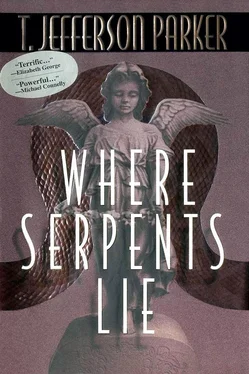


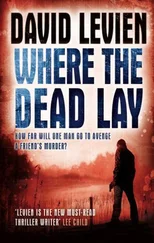
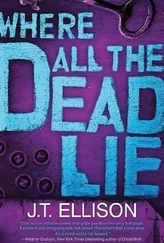
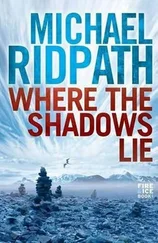
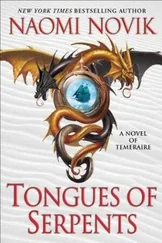

![Джеффри Дивер - Where the Evidence Lies [A Lincoln Rhyme Short Story]](/books/403782/dzheffri-diver-where-the-evidence-lies-a-lincoln-r-thumb.webp)

